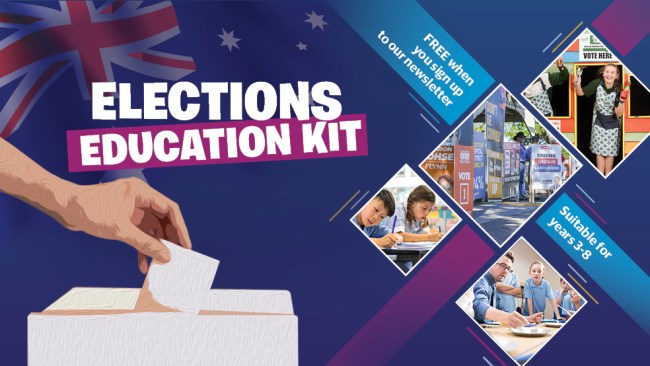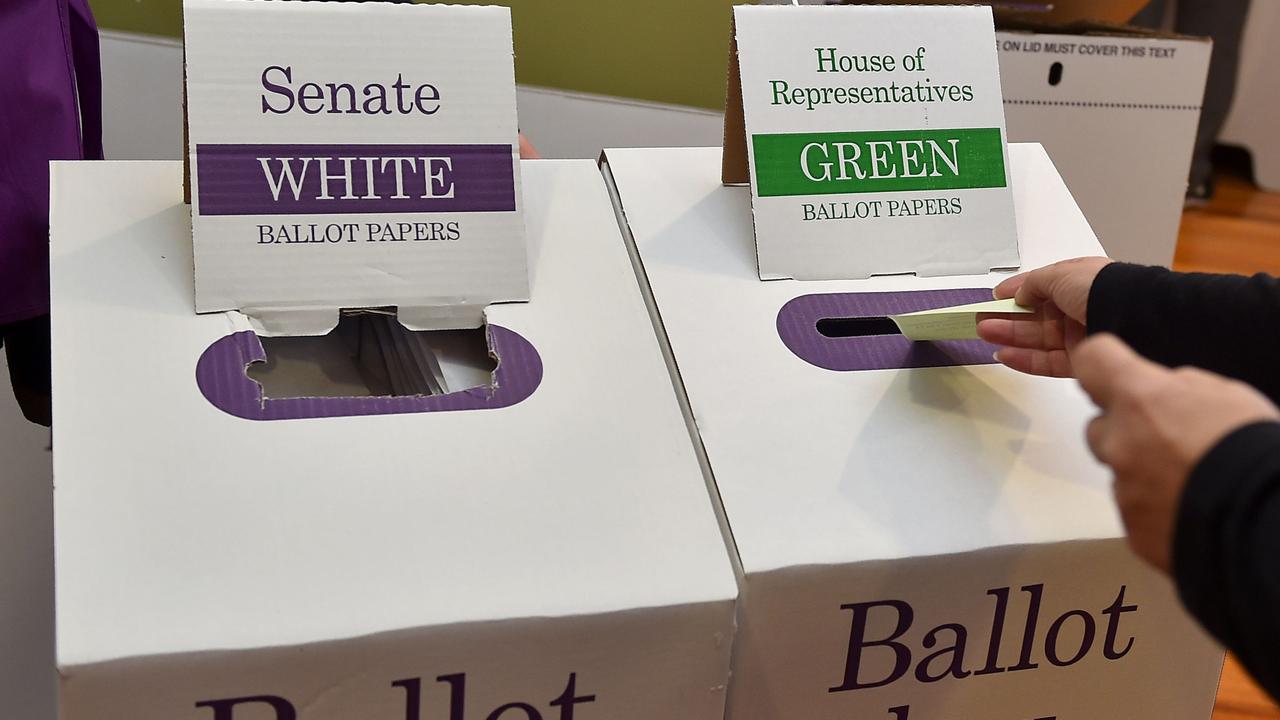Elections Part 2: Cast a vote and eat a democracy sausage on election day
PART 2: Get ready for election day, when Australians exercise their right to vote and politicians eat sausages in bread
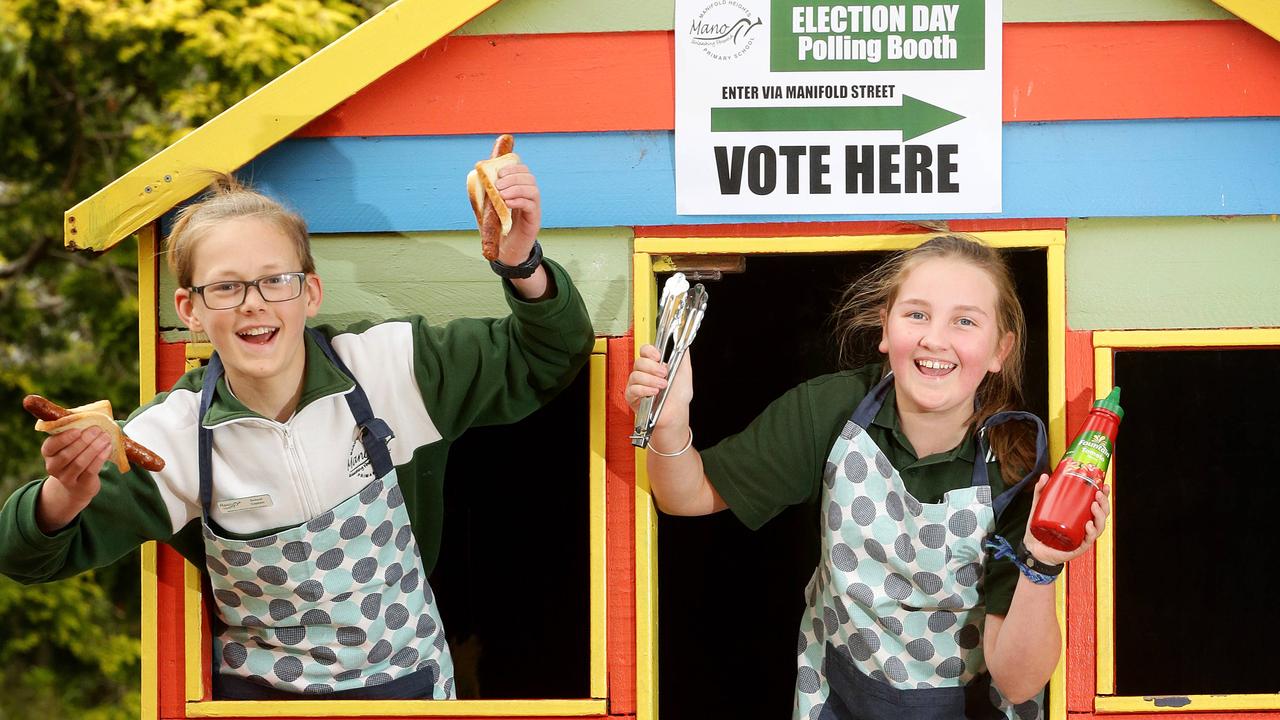
READING LEVEL: GREEN
All Australian citizens aged 18 and over have the right to enrol to vote to elect people to represent them in the Australian parliament, where laws and other big decisions about running the country are made.
This means Australia is a representative democracy.
HAVING YOUR SAY
Representative democracies function best when almost everyone votes, because the result is a more accurate reflection* of the wishes of the nation’s people.
Voting is compulsory* in Australia. In countries where voting is optional* or some groups of people are excluded* from voting, people can win an election despite* only a small proportion of the population wanting them to win.
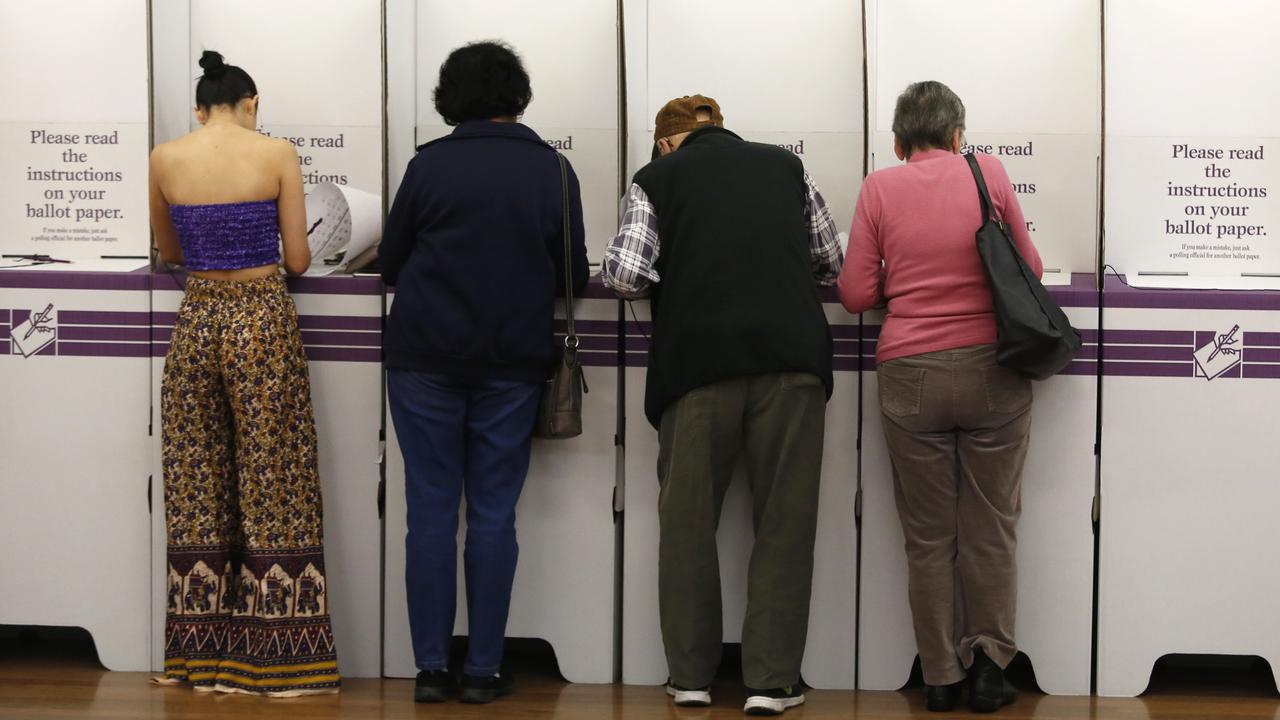
RIGHT TO VOTE
Achieving the right to vote and stand for parliament was a long struggle for some Australians.
In 1894, South Australia became the first electorate* in the world to allow women to vote and to stand for state parliament. But women weren’t allowed to stand for state parliament in Victoria until 1923.
In 1902, Australian parliament set a law allowing white women to vote and stand as a candidate in federal elections. However, women who the laws at the time identified as “aboriginal natives” (including women with Aboriginal and Torres Strait Islander, African, Asian and Pacific Island heritage) were not included in this new law.
Aboriginal and Torres Strait Islander peoples didn’t achieve the right to vote in federal elections until 1962. In 1965 Queensland became the last state to remove restrictions on election voting for Aboriginal and Torres Strait Islander peoples.
ENROLLING AND VOTING
It is compulsory and your responsibility to both enrol to vote and to actually vote.
You can vote once you turn 18, though you can enrol when you’re 16 or 17 in preparation for turning 18.
Once you’re old enough, you can enrol with the Australian Electoral Commission (AEC), the organisation that runs federal elections. Alternatively, you can enrol with the electoral commission in your state or territory. Electoral commissions share enrolment information, so you only need to enrol once. You can enrol online or fill out a form and submit it an office of the organisation with which you are enrolling.
It is your responsibility to keep enrolment details up to date, for instance, if you move house.

As at December 31, 2024:
- 17,939,818 Australians were enrolled to vote.
- The AEC estimated 18,336,548 Australians were eligible* to enrol to vote. This means an estimated 97.8 per cent of eligible Australians are enrolled.
If you don’t enrol or vote, you are committing an offence under laws called the Electoral Act and you can be fined.
If you live overseas, including Antarctica, you are allowed to vote but it’s not compulsory.
ABSENTEE, EARLY AND POSTAL VOTING
Australia’s electoral system encourages as many eligible people as possible to vote. If you know you won’t be able to attend a voting centre on election day, you can vote early or submit a postal vote. A person booked to have an operation or due to have a baby on election day, or who is going to be a long way from any voting centre can choose to do this.
If you are away from your electorate on election day you can go to a voting centre in another electorate and submit an absentee* vote.
Mobile voting teams visit people who can’t attend a voting centre, such as residents of nursing homes or patients in hospitals.
ON THE DAY
To vote on election day, enrolled voters visit an official voting centre, also called a polling booth. These are often at schools, community halls or sports centres.
At the voting centre, an official crosses each voter’s name off the electoral roll and gives the voter two ballot papers: one for the House of Representative candidates in that electorate and one for the candidates for the Senate. Each paper includes instructions.
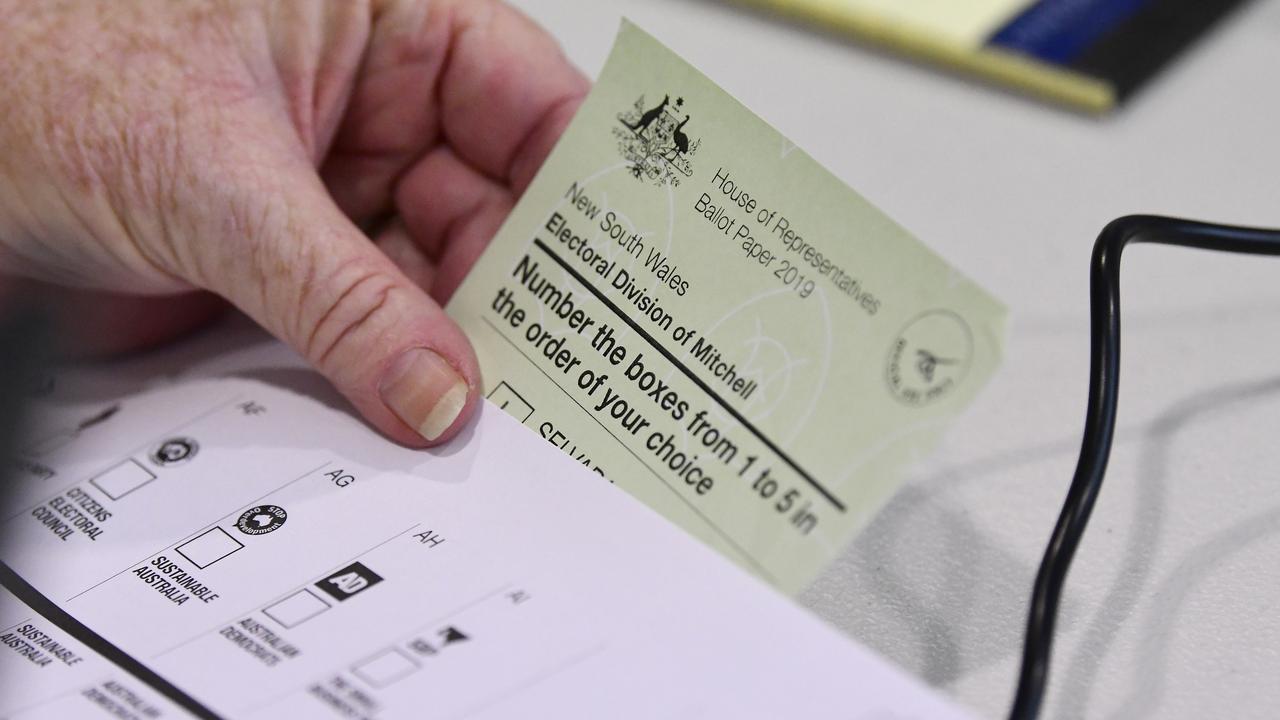
Voters go to a small booth (made of cardboard) to mark their preferences on the ballots in private. Putting a 1 next to a name means that is your first preference. Putting a number 2 next to a name makes that your second preference, and so forth.
DEMOCRACY SAUSAGES
Election day – always a Saturday – can be fun. People are out and about in their neighbourhood with an activity in common and there is an atmosphere of anticipation* as everyone waits to learn the results.
You’ll see volunteers outside voting centres handing out information about the election candidate they support. You’re welcome to take a copy of each. When you’re finished with them, pop them in the recycling bins provided.

The day even has its own special menu!
The host school or community organisation often runs fundraising stalls, selling cakes and other treats and a special election food called a democracy sausage.
Democracy sausages (really just a barbecued sausage in bread or a roll) have become an Aussie tradition famous around the world. A politician eating a sausage when they go to vote makes for a fun news photo.
Sources:
education.aec.gov.au
aec.gov.au
nma.gov.au
aiatsis.gov.au
GLOSSARY
- reflection: a sign or result of wishes or actions
- compulsory: required by law or rule
- optional: a choice, not compulsory
- excluded: left out
- despite: without being affected by; even though
- electorate: an area represented by one member of parliament (MP); also sometimes used to refer to all the people in the electorate entitled to vote
- eligible: having the right, or meeting the requirements, to do something
- anticipation: expecting or waiting for something
- absentee: someone who is not at the place they are meant to be at
EXTRA READING
Step inside the houses of federal parliament
Australia’s system of government
Parties line up in the game of politics
On the election campaign trail
QUICK QUIZ
- Is voting compulsory in Australia?
- How old must you be to vote?
- What year did Aboriginal and Torres Strait Islander peoples get the right to vote in federal elections?
- How many voting papers must voters fill in on election day?
- What is the name of the traditional election day food popular in Australia?
LISTEN TO THIS STORY
CLASSROOM ACTIVITIES
Refer to the accompanying Elections Education Kit classroom workbook with 20 activities. It’s FREE when teachers subscribe to the Kids News newsletter.
